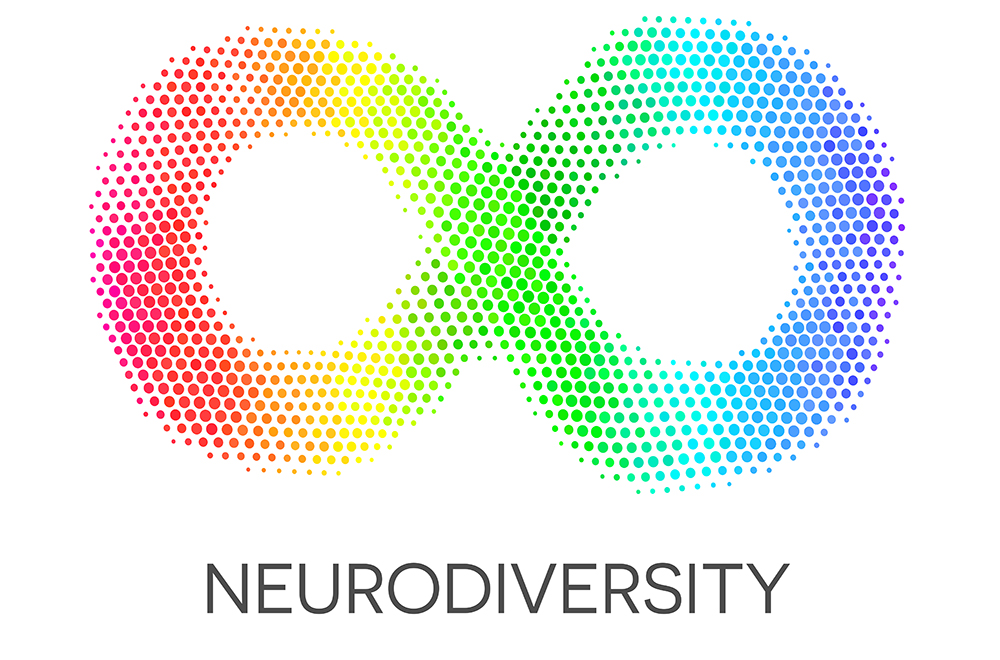While many organizations have pledged to be more inclusive and diverse, and 2019 has experienced all-time historic lows for national unemployment rates in the United States, 85% of college grads who fall on the autism spectrum are still unemployed.
These workers also find themselves severely underemployed, often only being offered part-time or minimum-wage jobs after they graduate. Additional research finds that around 90% of individuals on the autism spectrum are either unemployed or underemployed.
What’s more, employees who have other neurological structures and functions or disparities, such as those who suffer from attention-deficit hyperactivity disorder (ADHD), bipolar disorder, dyslexia, etc., are often ostracized, bullied, or looked down upon in the workplace.
Overall, although organizations seem to focus on diversity in their workplaces, they don’t necessarily focus on neurodiversity.
What Is Neurodiversity?
Neurodiversity is the range of differences in individual brain functions and behavioral traits—regarded as part of normal variation in the human population (used especially in the context of autistic spectrum disorders).
Below are some of the benefits and challenges behind neurodiversity inside the workplace.
Benefits of Neurodiversity in the Workplace
Focusing on neurodiversity gives organizations a competitive advantage. Autistic employees, for example, produce, on average, 48% to 140% more work than their nonautistic colleagues, depending on their roles.
What’s more, it creates a truly diverse workforce wherein individuals must empathize and learn about each other to learn from each other and collaborate.
Challenges of Neurodiversity in the Workplace
As you weigh the benefits of having a neurodiverse workforce, you must understand the challenges, as well.
When recruiting, hiring, training, and developing individuals who are neurodiverse, understand that each person is different. For example, each individual may fall on a different place on the autism spectrum.
Neurodiverse employees will require different accommodations and/or benefits. While one employee might need certain technology equipment at work, another employee might require different medical benefits that help with certain treatments.
In general, neurodiversity in the workplace has many benefits for employers and entire industries (especially those in the finance and technology industries) but can be very challenging to implement.
To better understand neurodiversity (and overall diversity) in the workplace and how to implement it, be sure to review the following:

